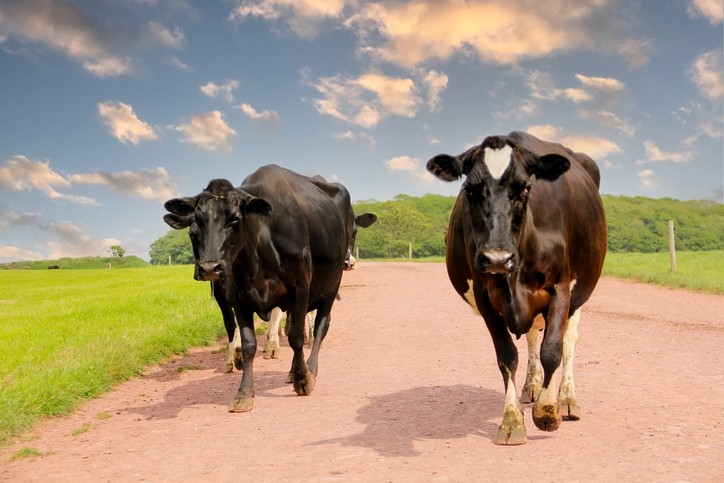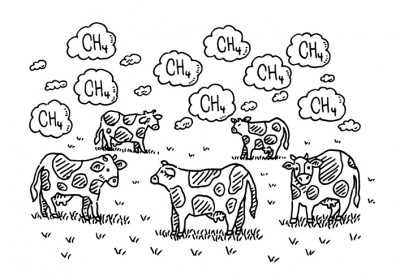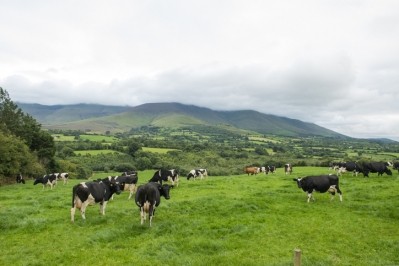Review: Adoption of existing mitigation strategies can help meet livestock methane reduction targets by 2030

The meta-analysis was written up in The Proceedings of the National Academy of Sciences (PNAS).
“Only concerted action will help countries meet their targets. It is crucial that adoption barriers are identified and removed, and the identified strategies implemented,” said methane emissions reduction expert, Jan Dijkstra, associate professor, Wageningen University and Research.
“Such barriers may include availability of mitigation technologies, in particular in rural areas, and costs of proposed strategies or technologies,” he added.
To meet the 1.5°C target, methane (CH4) from ruminants must be reduced by 11 to 30% by 2030, compared to 2010 levels.
Dijkstra is one of the 24 experts from top-level institutes around the world who reviewed hundreds of peer-reviewed studies on strategies designed to decrease product-based and absolute enteric methane emissions by ruminants.
Findings from 430 peer-reviewed studies, were evaluated as part of the meta-analysis, with 98 mitigation strategies classified into three categories: animal and feed management, diet formulation, and rumen manipulation.
Feed management
Because of ruminants’ multiple uses in low income countries and their contribution to the UN’s Sustainable Development Goals (SDGs), the authors focused on strategies that reduce enteric methane production without reducing animal productivity.
They identified three strategies related to feed management that could reduce methane emission per unit of meat or milk by an average of 12% while increasing animal productivity including increasing feed intake level, having ruminants graze on less mature grass, and feeding increasing levels of concentrate.
In addition, they highlighted five strategies that they said could, on average, not only reduce methane per unit of product by 17%, but also reduced absolute methane emission by more than 20%, with relatively minor effects on animal productivity. The strategies include supplementing animals with methane inhibitors, oils and fats, oilseeds, nitrate, as well as feeding tanniferous forages.
Digging deeper into the findings and it seems that Europe may be able to meet its contribution to the 1.5°C target, but not Africa, with the authors acknowledging the different challenges faced by high- and middle- and low-income countries in this respect.








